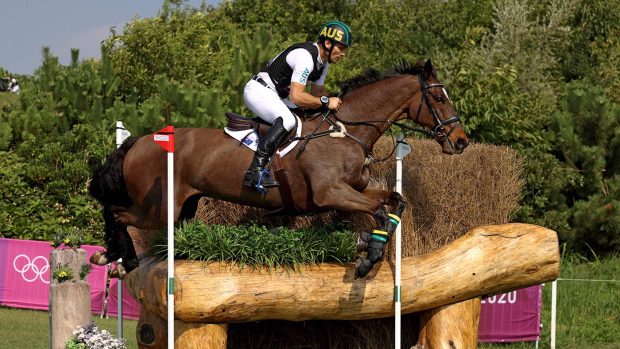Alarming numbers of riders with back injuries are being sent away by hospitals which are misdiagnosing fractures.
Since H&H reported that a 5-year medical study by the Professional Jockeys Association (PJA) found that 1 in 4 spinal fractures were undetected at A&E (news, 20 March), dozens of riders with similar experiences have been raising their concerns with H&H.
Para dressage rider Julie Daly, who suffered partial paralysis in a fall in 2008, believes that statistics for missed fractures for all patients would be “a lot higher” than for jockeys.
“I was immobilised by paramedics, but at A&E I was not X-rayed although I could not move my legs,” she said. “After 5hr I was never asked to walk or stand, and was discharged. I had a major wedge fracture and took 2 years to walk properly.”
H&H reader Joanne Logue was X-rayed after a fast fall, but was told it was “deep bruising”. When she returned a week later, doctors found 3 fractures.
Orthopaedic surgeon Jeremy Granville-Chapman told H&H that “a subtle fracture may be difficult to detect, especially if it’s thoracic [mid-back], but these are unlikely to be unstable — potentially dangerous to miss”.
However, he cautioned that for some bones, there can be “a delay to spotting a fracture”. Moreover, where 1 fracture occurs there is a 20% chance of another 1 at another level in the spine.
The PJA is trialling sending jockeys into A&E with video footage of their fall, to help doctors understand the mechanism of injury. While this initiative has been welcomed by medical professionals, it may not be practical in other disciplines.
Judith Johnson, British Eventing chief medical officer, said that footage is helpful if available, but for the vast majority of falls it won’t be.
“A key problem is educating doctors on the forces involved — half a tonne of horse travelling at any speed carries a momentum which is a significant force against a human body,” she said.
British Showjumping’s Maria Clayton said she has previously supplied footage of a fall where an individual was injured at a show.
“If we happened to have the fall on film, we would naturally make it available to the medical team if required,” she added.
This article was first published in Horse & Hound magazine (3 April 2014)





